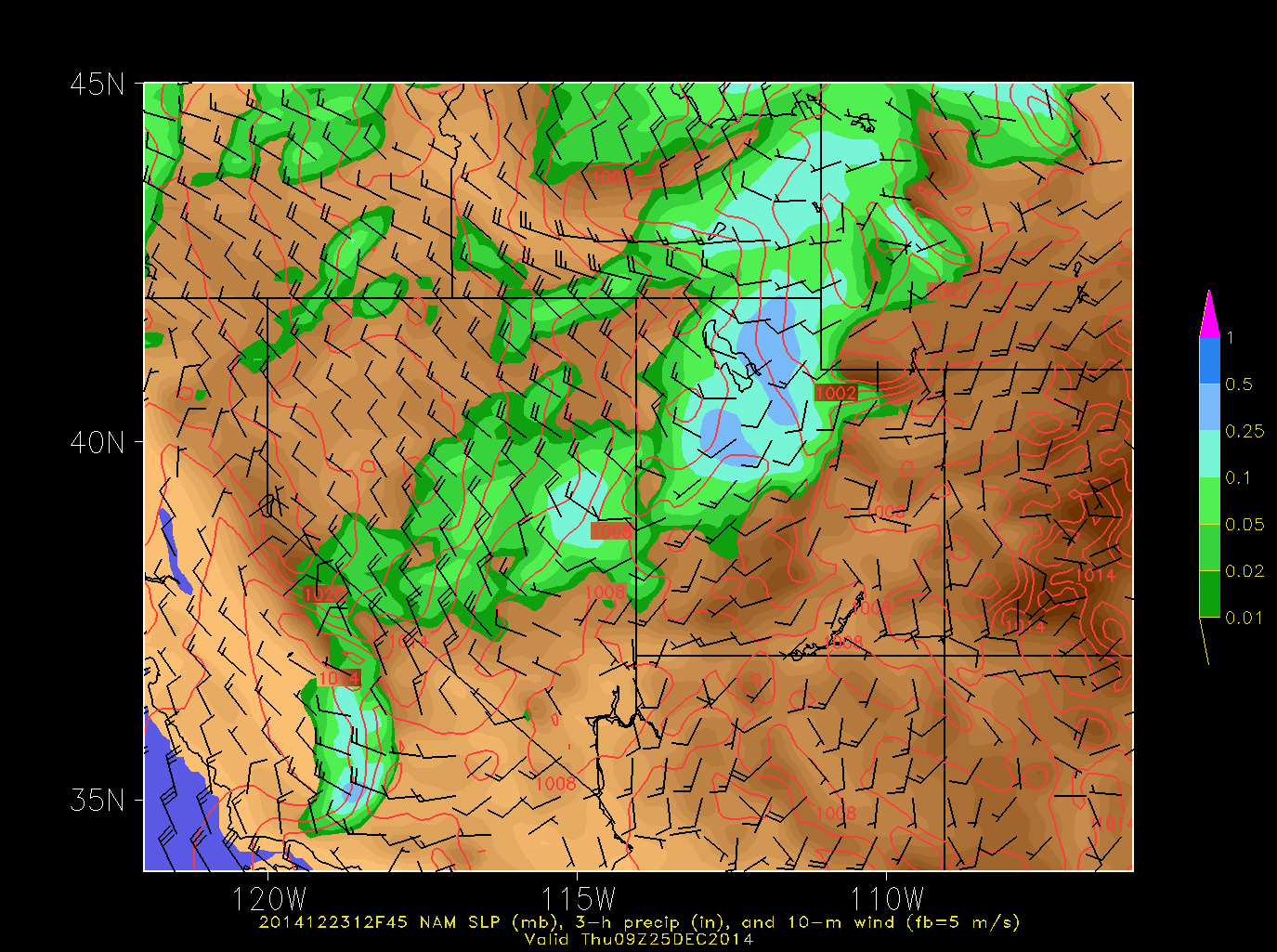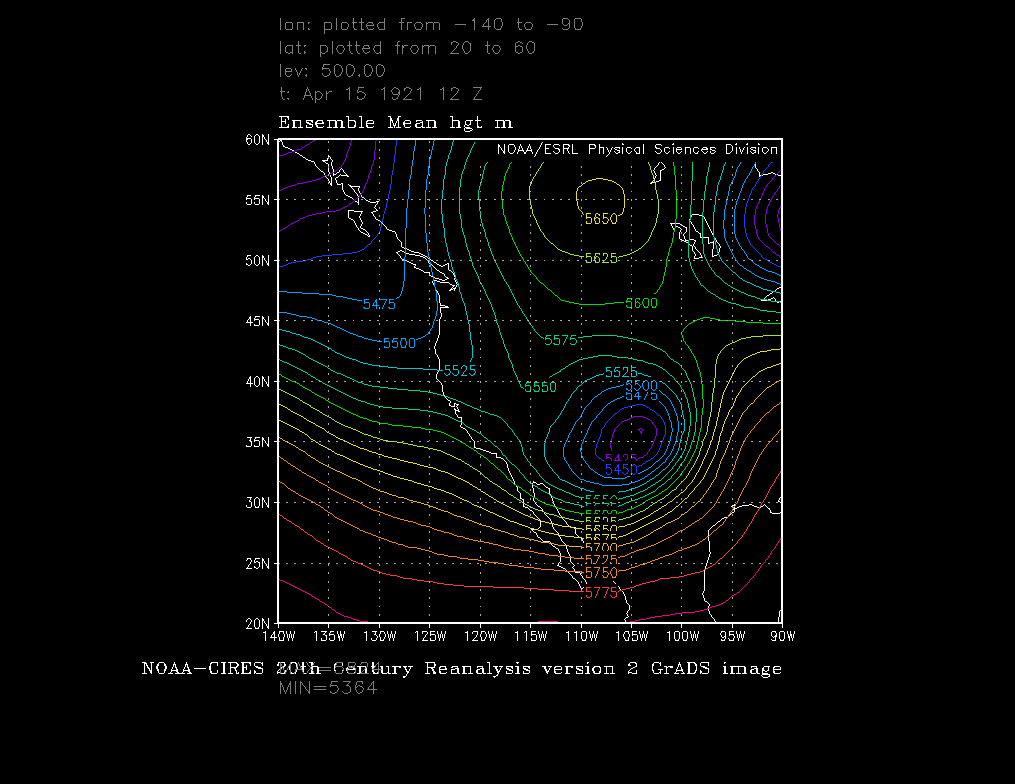Over the past couple of days, the medium-range forecast models have been hinting at the potential for an inland penetrating atmospheric river (AR) and a significant precipitation event for the mountains of northern Utah beginning on Sunday.
We begin yesterday in the western Pacific where strong moisture convergence along a cold front east of Japan contributed to the formation of the AR, which was characterized by high integrated water vapor values (contours, with warmer colors indicating higher values).
Those of you longing for powder might take a gander at the satellite image above and see numerous cloud bands extending from the coast of Asia to Japan where it has been puking powder for the better part of the past week or two. My facebook feed from Hakuba has simultaneously invoked joy and jealousy as it's been day after day of photos like the ones below.
 |
| Source: https://www.facebook.com/hakuba1 |
But I digress. The loop below shows the observed and forecast IR satellite image and integrated water vapor through 1200 UTC 21 December. Note how the AR moves across the Pacific and then becomes directed toward the Pacific Northwest.
Although the images above present integrated water vapor, a better diagnostic for tracking ARs into the western interior is
integrated water vapor transport, which measures the flow of water vapor over a given location and correlates better with mountain precipitation during the cool season. The mean forecast of integrated water vapor transport by all members of the Global Ensemble Forecast System (GEFS, top panel) and by the GFS (bottom panel) for 1200 UTC Monday 22 December show the AR spilling over the long-wave ridge centered off the coast of California and then extending east southeastward across southern Idaho, northern Utah and western Wyoming, and Western Colorado.
 |
| Source: NWS |
This is an ideal track for moisture penetration into the interior western United States because the AR moves across the lower, narrower Cascade Mountains of Oregon and over Snake River Plain. Thus, the loss of water vapor to mountain precipitation is smaller than when an AR intersects higher and wider mountain barriers like the southern Sierra Nevada.
The GFS accumulated precipitation forecast through 1200 UTC (0600 MST) Tuesday shows precipitation maxima over the Wasatch and mountains of western Wyoming, as well as the western Colorado Rockies.
 |
| Source: NWS |
Over the Wasatch, most of this precipitation falls beginning early Sunday. As a result, I need to point out that we're looking at a 72-126 hour forecast and thus there are important issues to consider with regards to forecast confidence. First, much depends on the position of the AR. A shift to the north would be bad. A shift to the south would be good (for central Wasatch snow).
As a result, when we look at an ensemble of our experimental downscaled forecasts from the North American Ensemble Forecast System for Alta-Collins we see some that produce a great deal of precipitation (direct AR hit) and others that are fairly dry (miss to the north). We think that our downscaling is overforecasting, so don't take the absolute values too literally. They key point is that this has the potential to be a significant event, but there remains some uncertainty.
The second concern is the temperatures. This will be a warm event. The 700-mb temperatures on Sunday and Monday are currently forecast to be between -2ºC and 0ºC. That's very warm and it will likely yield wet, high-density snow. That's good for the upper elevations where we need a good pasting for base, but this could be another lower elevation rain event. It's too soon to speculate on exactly where snow levels will be.
So, the bottom line is that we have some potential for a significant mountain precipitation event beginning on Sunday. The gory details depend on how things come together the next few days. Keep your fingers crossed and stay tuned to the forecast.
Events and Announcements:
I'll be talking about
Secrets of the Greatest Snow on Earth, snow, weather, and who knows what else today (Thursday Dec 18) on KUER's RadioWest show at 11 am. Tune in to 90.1 FM or catch the live stream
here.




















































